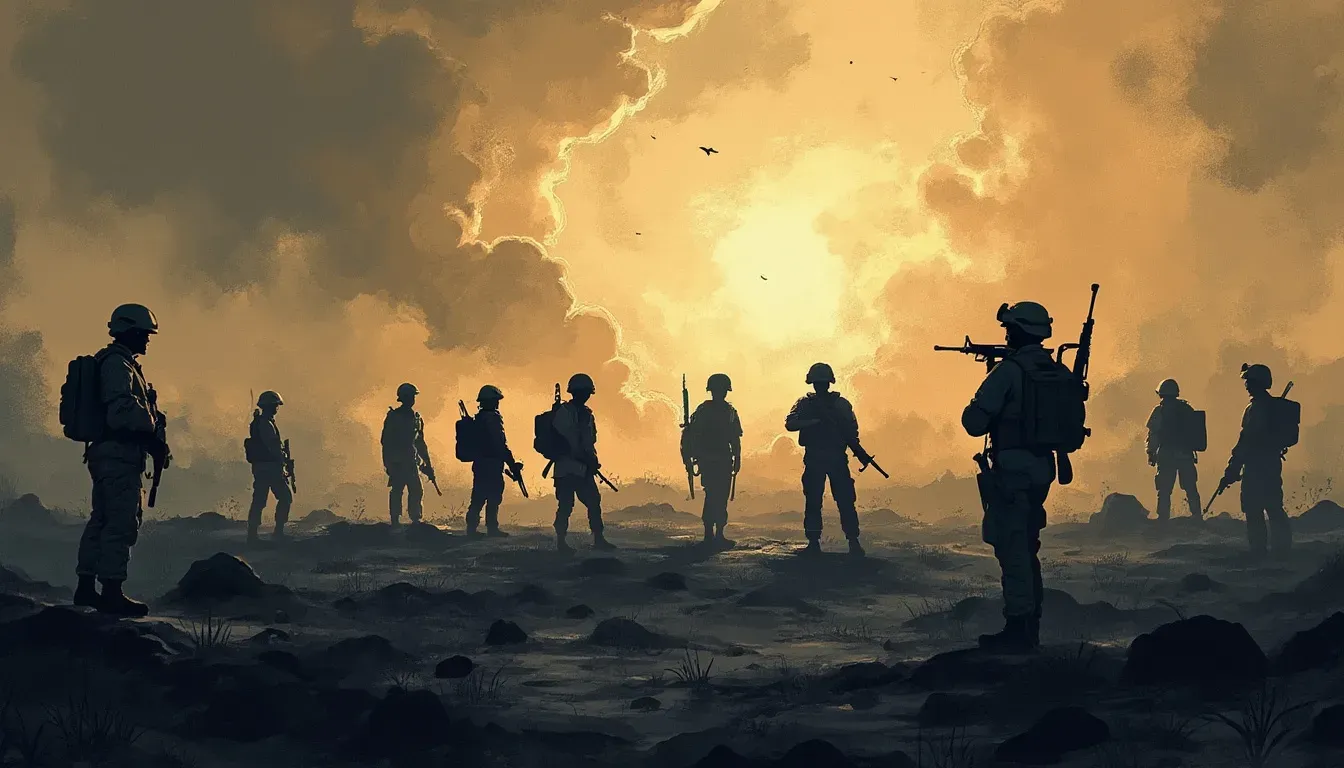The Israeli Military Inquiry into the Gaza Incident: A Comprehensive Analysis
"The investigation highlights failures in communication and command within the Israeli Defense Forces, but stops short of acknowledging full responsibility for the tragic incident."
Introduction
In recent developments, the Israeli military has concluded its inquiry into a tragic event that saw the deaths of 15 paramedics and aid workers in southern Gaza. This incident has drawn international attention, particularly after a video obtained by The New York Times shed light on the discrepancies between initial reports and the reality of the incident. This article delves into the intricacies of the investigation, the findings, and the reactions from various parties involved.
The Incident: What We Know
Initial Reports and Discrepancies
Initial accounts from the Israeli Defense Forces (IDF) stated that the vehicles carrying the paramedics approached without lights, leading to the unfortunate killings. However, mobile phone footage from one of the medics who perished in the incident, brought to light stark contrasts to this narrative. This video showed that the ambulances had their lights and emergency signals on, leading to an admission of error from the IDF.
The Investigation
The inquiry conducted by the Israeli military highlighted "professional failures, breaches of orders, and a failure to fully report the incident," yet it found "no evidence of execution." Key findings indicate that troops did not use indiscriminate fire, and subsequent disciplinary actions included dismissing a deputy commander involved in the incident.
Acknowledgement and Accountability
Despite the inquiry's findings, questions linger about accountability and transparency. The Palestine Red Crescent Society and various international bodies continue to call for an independent investigation. They argue that the military's internal inquiry does not adequately address the gravity of the incident, nor the impact on humanitarian efforts in conflict zones like Gaza.
Responses from Key Stakeholders
The Israeli Military's Stance
The IDF has acknowledged failures within their operations but maintains that no execution took place. An officer's dismissal and a reprimand show some level of accountability, yet many argue these actions fall short of addressing systemic issues within military protocols towards humanitarian workers.
International Community and Advocacy Groups
The tragic deaths and the video evidence have sparked calls from the international community for a thorough independent investigation. Critics contend that the IDF's internal review lacks impartiality and fails to provide justice for the victims and their families. The Palestinian authorities and humanitarian organizations amplify this sentiment, emphasizing the need for greater scrutiny and reform.
Dissecting the Inquiry's Findings
Operational Missteps and Command Failures
The report outlines several lapses in procedure that led to the misidentifications and subsequent tragedy. These include:
- Miscommunication regarding the ambulances' identification
- Inadequate night visibility protocols
- Breaches of existing orders prohibiting indiscriminate engagement
The "Misidentification" Dilemma
Central to the inquiry's explanation is the "operational misunderstanding" regarding the identities of the medics and aid workers. Despite evidence to the contrary, the IDF maintains that some of the deceased were associated with Hamas—yet no concrete evidence has been provided to support these claims.
"The IDF report's claims about links to Hamas without clear evidence risk perpetuating harmful myths and undermining the humanitarian work by recognized organizations."
Lessons and Future Implications
Policy Overhaul and Training Revisions
In response to the incident, the IDF has committed to reviewing and potentially revising their operational protocols. This includes enhancing training for troops in recognizing and handling humanitarian efforts in active conflict zones, and improving communication lines to prevent future misunderstandings.
Independent Investigations: A Path Forward?
The ongoing clamor for an independent, international investigation reflects a widespread belief in its necessity for genuine accountability and justice. As the humanitarian situation in Gaza continues to deteriorate, these calls highlight the critical role of transparency and oversight in maintaining trust and preventing future incidents.
Conclusion
The Israeli military inquiry into the Gaza incident marks a pivotal moment in the ongoing conflict, highlighting systemic issues within military operations impacting humanitarian endeavors. While the investigation offers some clarity and accountability, it also underscores the need for independent scrutiny and continued dialogue between conflicting parties. Learning from this incident, the hope remains for a more humane approach to military engagements and a commitment to safeguarding humanitarian workers in conflict zones.
YOUTUBE, HUMANITARIAN WORKERS, ACCOUNTABILITY, GAZA INCIDENT, MIDDLE EAST CONFLICT, ISRAELI DEFENSE FORCES, MILITARY INQUIRY

